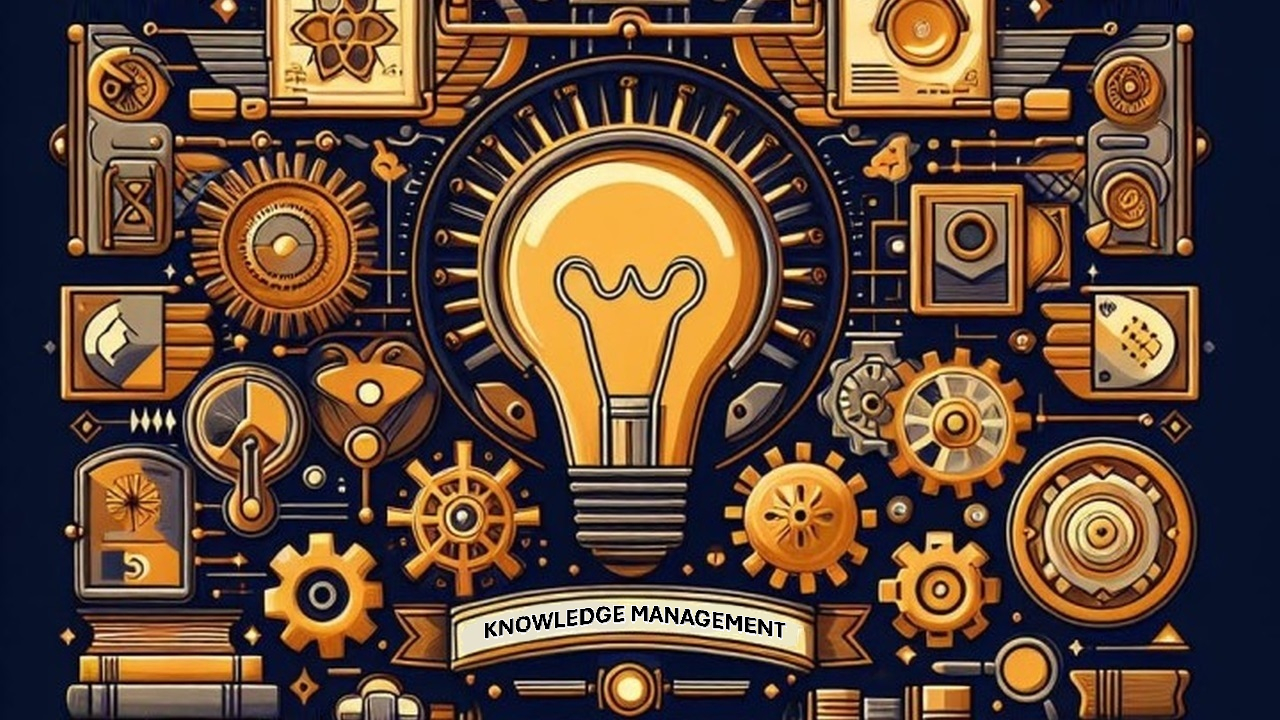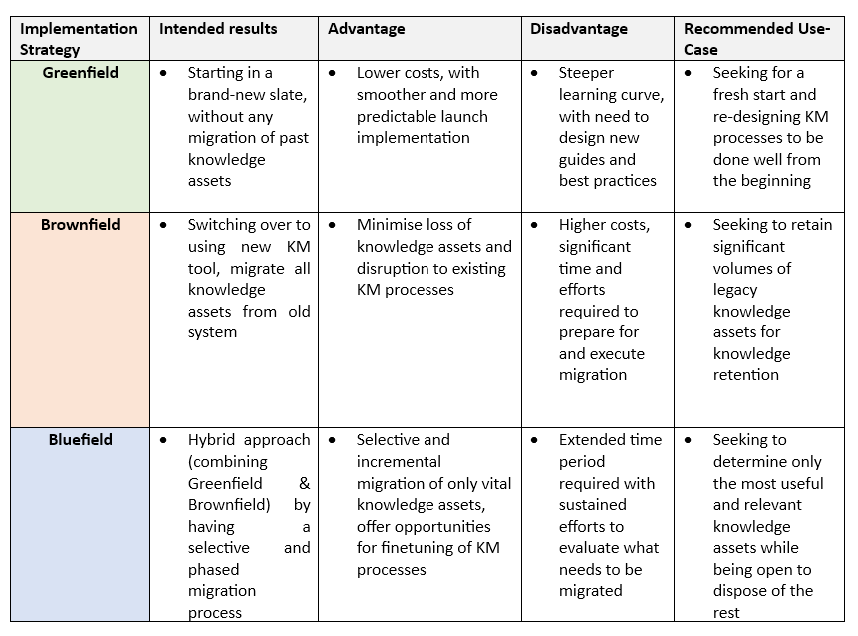
Is your latest knowledge management (KM) tool fit for purpose?
In today’s technology-driven environment we are blessed with a diversity of knowledge management (KM) tools to choose from and drive KM processes in your organisation. Selecting the right KM tool or combination of tools which best fits your organisation’s needs is essential in ensuring both the initial success and longer-term sustainability of your overall KM initiatives. Here are 3 key steps to consider undertaking as you make your recommendations as a KM tech buyer:
1. Identifying KM capability gaps
As a KM tech buyer, it may appear sufficient to select a new KM tool immediately after performing a detailed scan and assessment of the various KM tools available in the market. This often entails making a judgement call by selecting the KM tool which offers the most comprehensive set of features available at the lowest cost. In doing so, your organisation would be able to employ a jack-of-all-trades “Swiss-army Knife” KM tool upfront, with the appearance of offering the best value for money. According to CIO’s Chris Doig1, such decision thinking may indicate an immature tool selection process. In the longer term, this decision may run a risk of having underutilised features which are not actually required withing the organisation, precipitating a lack of activity updates in these areas and resulting in unnecessary maintenance costs. Worst still, this may create an impression that the tool is a wasteful “white elephant” to end users.
Opting for such a direct evaluation approach forgoes the opportunity to critically examine and pinpoint specific areas of KM requiring improvement beforehand. Taking the cue from Lean Six Sigma practices2, a practical step that a KM tech buyer should perform prior to a market scan is to first identify the actual KM capability gaps within the organisation, pinpointing which specific KM aspects (e.g. repository, collaboration or search) requires a technological fix or improvement. Examples on specific categories of KM tools include Knowledge Bases (e.g. Confluence, HubSpot), Collaboration Platforms (e.g. Microsoft Teams, Slack) and Enterprise Search Engines (e.g. Algolia, Sinequa). Rather than simply assessing KM tool on each on its merits, another vital consideration should be on which combination of KM tools can be well-integrated together to best fulfil your organisation’s KM capability gaps.

2. Conducting a service journey to understand user needs
In identifying the KM gaps in your organisation, a KM tech buyer will also need to dive deep and understand the pain points and wish lists of different users in your organisation. Referencing a speech made by then Head of Singapore Civil Service at the Public Service Leadership Dinner3, Service Journey mapping aids in this process by surfacing various users’ experiences in interacting with services, highlighting both gaps and opportunities to rewire existing tools and processes to better meet end user needs.
One specific example of journey mapping is to draw out the “day in the life” of an end user; thus revealing the various KM-related touchpoints that he or she encounters in a typical day and what the user does, feels, and thinks about his or her experiences. Multiple journey mappings may have to be drawn up to cater for the different user archetypes across both core business and supporting corporate functions. In addition, according to GovTech Singapore’s sharing at the Public Service Transformation Conference4, a service journey may generate pay-offs in not just figuring out on which technological improvements are needed to solve KM problems, this mapping process can also highlight KM tools/processes to be consolidated/streamlined, or even eliminated due to redundancies/obsolescence.

3. Choosing the right implementation strategy
More often than not, an organisation will already have pre-existing KM tools and/or knowledge assets generated as part of ongoing business activities. Even as a buyer of new KM tech, it will be necessary for you to take into account your existing KM tools and understand the knowledge assets being kept within them. Organisations usually will have three main strategies to choose from when implementating a new tool: via Greenfield, Brownfield, or Bluefield approaches. According to Unipr’s Andy Mehrotra5, each of these approaches will offer its own benefits and considerations which are briefly outlined as follows:

Choosing the right implementation strategy for your new KM tool will require you to weigh against multiple trade-offs; some considerations may include working within your available budgetary resources and assessing the change management and IT-related capabilities of your team. However, regardless of the existing constrains, you should stake your recommendations with your end goals in mind and specify the desired KM outcomes to be achieved at the end of the day.
All 3 steps shared are intended to be undertaken together as an envisioning exercise, providing clarity on what will be the ideal KM tool (that is fit for purpose) for your organisation and your end users. Do you agree with what has been shared? Feel free to chime in and share on your views.
Article source: Adapted from Is your latest Knowledge Management (KM) tool fit for purpose? prepared as part of the requirements for completion of course KM6304 Knowledge Management Strategies and Policies in the Nanyang Technological University Singapore Master of Science in Knowledge Management (KM).
Header image source: Image generated by the author through Microsoft Copilot Designer with prompt “knowledge management tools Art Deco”, CC BY-NC-ND 4.0.
References:
- Doig, C. (2016, November 9). 16 difficulties to avoid when purchasing enterprise software. CIO. ↩
- Lean Six Sigma. (n.d.). How do you identify gaps in your process or system? LinkedIn Advice. ↩
- Yip, L. (2018, November 21). Speech by Mr Leo Yip at the Public Service Leadership Dinner 2018. Public Service Division, Government of Singapore. ↩
- Lim, E. (2019, August 1). How to build a service blueprint and what you can achieve with it. Government Technology Agency, Government of Singapore. ↩
- Mehrotra, A. (2022, February 28). Brownfield, Greenfield, or Bluefield: How to Implement PMO Transformation? Unipr. ↩







